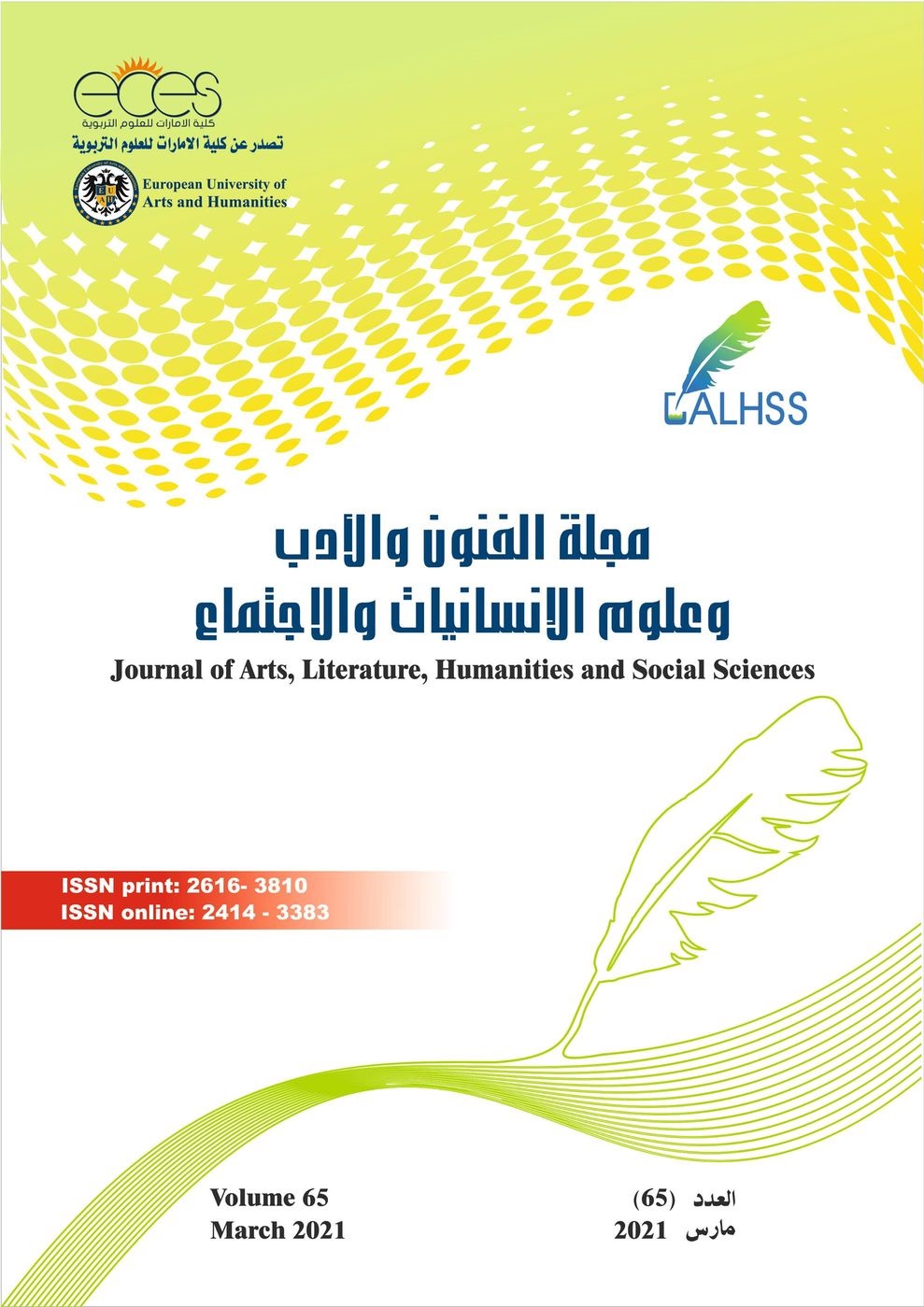Plantation Landscapes and the Colonial Legacy in V. S. Naipaul’s The Middle Passage
الملخص
The negotiation of the politics and poetics of plantation landscapes has recently become a major concern in postcolonial studies (DeLoughrey 2015, 2011). With a particular focus on V. S. Naipaul’s The Middle Passage: The Caribbean Revisited (2002), this paper examines the historical signification and power politics of the sugarcane plantation landscapes in the Caribbean islands. Within the emergent field of environmental humanities, the study draws on E. Glissant (1999) and E. Deloughrey (2001, 2015) for useful conceptions in relation to the interplay of the natural and the human, the material and the discursive as mutually constitutive to the representation of the land. Naipaul’s literary configuration of the plantation landscapes in the West Indies represents the ruptures and discontinuities inflicted by European colonialism. In this particular geopolitical and discursive context, human and non-human elements of landscape and seascape form a dialectical relation that continue to assert the agency of colonial and postcolonial interventions in the palimpsest of the Caribbean topography.
المراجع
2. Crosby, A. (1986). Ecological Imperialism: the Biological Expansion of Europe, 900-1900, Cambridge: Cambridge University Press.
3. De Ferrari, G. (2012). The Ship, the Plantation, and the Polis: Reading Gilroy and Glissant as Moral Philosophy. Comparative Literature Studies, 49(2), Special issue: Comparative Perspectives on the Black Atlantic, 186-209.
4. DeLoughrey, E. Didur, J. & Carrigan, A. (Eds.). (2015). Global Ecologies and the Environmental Humanities: Postcolonial Approaches, New York & London: Routledge.
5. DeLoughrey, E. (2004). Island Ecologies and Caribbean Literatures. Royal Dutch Geographical Society KNAG, 95(3), 298-310.
6. Gilroy, P. (1993). The Black Atlantic: Modernity and Double Consciousness, London: VERSO.
7. Glissant, E. (1999). Caribbean Discourse: Selected Essays. Trans. J. Michael Dash, Charlottesville: University Press of Virginia.
8. Hauser, M. W. & Hicks, D. (2007). Colonialism and Landscape: Power, Materiality and Scales of Analysis in Caribbean Historical Archaeology. In D. Hicks, L. McAltackney & G. Fairclough (Eds.) Envisioning Landscape: Situations and Standpoints in Archaeology and Heritage (pp. 251-274). Walnut Greek, CA: Left Coast Press.
9. Huggan, G & Tiffin, H. (2010). Postcolonial Ecocriticism: Literature, Animals, Environment, London: Routledge.
10. Mitchell, W. J. T. (2002). Imperial Landscapes. In Mitchell, W. J. T. (ed.), Landscape and Power (pp. 1-34). Chicago: University of Chicago Press.
11. Naipaul, V. S. (2002). The Middle Passage: The Caribbean Revisited. New York: Vintage Books. epub
12. Naipaul, V. S. (2001). The Mimic Men. New York, Vintage Books. mobi
13. Ozawa, S. (2012). On Naipaul’s Cultural Position in The Middle Passage. CLCWeb: Comparative Literature and Culture, 14(5). http://docs.lib.purdue.edu/clcweb/vol14/iss5/
14. Paravisini-Gebret, L.(2015). Bagasse: Caribbean Art and the Debris of the Sugar Plantation. In E. DeLoughrey, J. Didur, & A. Carrigan (Eds.), Global Ecologies and the Environmental Humanities: Postcolonial Approaches (pp. 73-94). New York & London: Routledge.
15. Perfetti, L. ( 2007). The Postcolonial Land that Needs to be Loved: Caribbean Nature and the Garden in Simone Schwartz-Bart’s Pluie et Vent sur Telumee Miracle. Interdisciplinary Studies in Literature and Environment, 14(1), 89-105.
16. Sharp, J. (2009). Geographies of Postcolonialism: Spaces of Power and Representation. SAGE.
17. Thieme, J. (1982). Authorial Voice in V. S. Naipaul’s The Middle Passage. Prose Studies: History, Theory, Criticism, 5(1), 139-150. DOI: 10.1080/01440358208586159



